Canceled SpaceX Projects: Falcon Heavy Propellant Crossfeed
We’re launching a new series of articles about SpaceX and some of their projects that never saw the light of day. Things like Red Dragon, Falcon 5, aerobraking landing legs, Dragon Lab, reusable Falcon upper stage, F9R-Dev2 and much more!
One of the announced and abandoned SpaceX projects was crossfeed funcionality for Falcon Heavy. It is a unique way of fuel transfer between the side boosters and the rocket’s center core. The idea is that each side booster would, in addition to its own engines, supply fuel and oxidizer to three of the nine center core engines. Therefore, only the remaining three center core engines would be supplied from the center core tanks. Using this method (which has never been used in practice), the center core would have consumed only about 15% of the propellant in its tanks by the time the side boosters separated. This results in a more efficient use of propellant which leads to higher payload capacity.
First, let’s look at the history of the concept of propellant transfer between rocket stages. In 1947, Mikhail Tichonravov came up with the idea of parallel stages. In his scheme, three parallel boosters were used, but the engines in the central stage were fueled from the side boosters until they were depleted and discarded. This approach is more efficient than traditional sequential staging because the engine in the second stage is never just dead weight.
Later, the Soviets conducted engineering studies comparing rockets with sequential and parallel stages, with and without fuel transfer between stages. The result of this study was the R-7 Semyorka rocket. It became the basis of today’s Soyuz rocket, but it doesn’t actually use fuel transfer between stages. In 2015, there were plans to use crossfeed technology for the Russian rocket Angara-5V. Diagram of the fuel system can be found here. In 1998, the idea of crossfeed also appeared in Tom Logsdon’s book Orbital Mechanics: Theory and Applications, where he called it Asparagus staging.
In April 2011, SpaceX announced that they would like to use crossfeed for its super heavy launch vehicle Falcon Heavy. However, the plan was to develop it later, after launching the initial contracted missions for Falcon Heavy.
How much of an increase to Falcon Heavy payload capacity would using crossfeed provide? Unfortunately, it is very difficult to find analysis of Falcon Heavy performance with and without crossfeed. However, there are a few unofficial estimates available, but please take all the numbers with a grain of salt. Also, the following calculations are based on older versions of the rocket, not the latest Block 5.
Reddit user somewhat_brave tried to calculate how much the rocket payload capacity would increase back in 2016. He figured that Falcon Heavy capacity, which was then 54,400 kg to LEO and 22,200 kg to GTO, would increase to 60,000 kg to LEO and 24,900 kg to GTO with crossfeed.
There is also another way to express the benefits of crossfeed technology. The author of this article from 2012 calculated that crossfeed would give the Falcon Heavy 0.5 km/s of additional delta-v.
Another performance estimate for Falcon Heavy with crossfeed can be found in the table below, made by Reddit user ProjectThoth. The “FH – No Crossfeed” version is based on official 2011 payload capacity. FH-R denotes a reusable variant of the rocket. As you can see, the unofficial calculations of crossfeed benefits estimate an increase in payload capacity by 10–15%. For comparison, you can check official payload capacity for the current version of Falcon Heavy Block 5 without crossfeed.
Transferring propellant across stages during flight is a hard engineering problem which might not be worth solving when it results in a 10% increase of an already-high payload capacity. On top of that, Falcon Heavy’s payload capacity has increased by 17% since 2011, even without crossfeed technology, thanks to Merlin engine performance improvements and other Falcon upgrades. So it wasn’t exactly surprising when Elon Musk hinted in 2016 that crossfeed would not be developed because the performance increase it provides is not needed.
To optimize performance without crossfeed, Falcon Heavy’s center core throttles down in the first phase of flight to save propellant and it throttles back up after the side boosters separate. Delta IV Heavy works the same way.
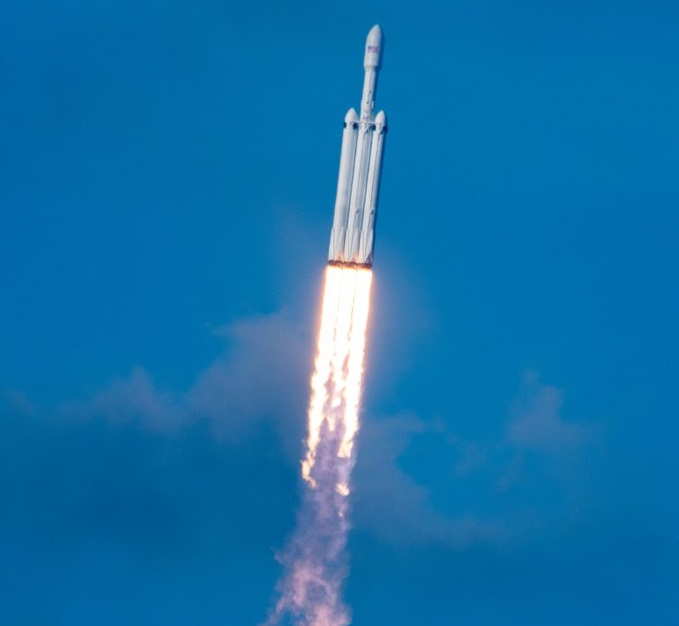
Falcon Heavy with visibly throttled center core (Credit: Brady Kenniston)
It’s possible that if SpaceX wasn’t focusing on Starship, they might have eventually developed crossfeed for Falcon Heavy. But because there is no need for this type of technology for Starship, which will eventually replace Falcon Heavy anyway, crossfeed seems to be a dead end and was therefore canceled or postponed indefinitely.
This article was originally published in Czech by Jiří Hadač and then translated into English by Vlastimil Švancara.



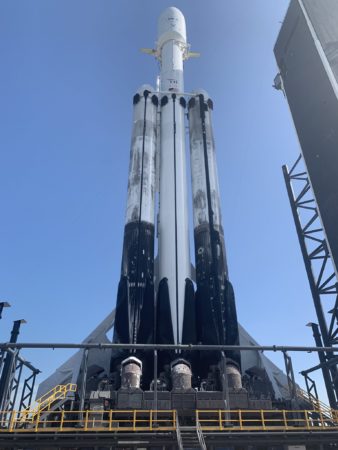
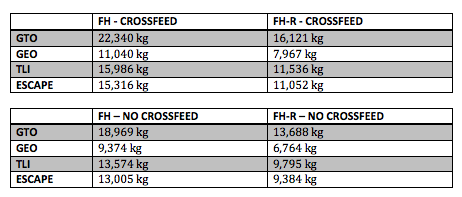
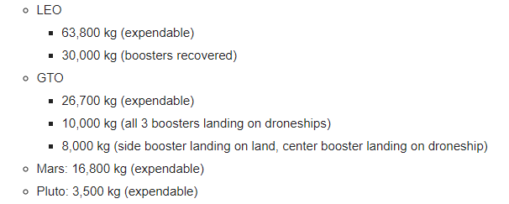
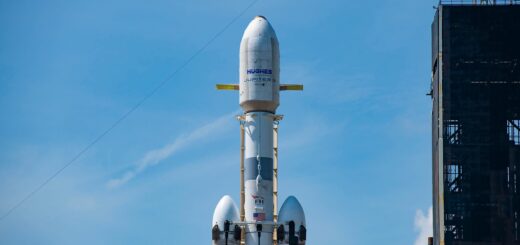
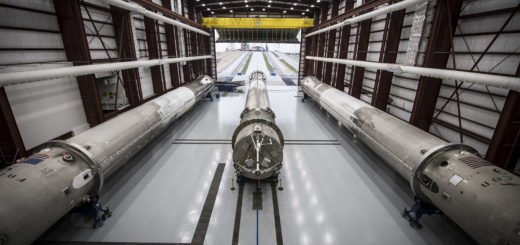

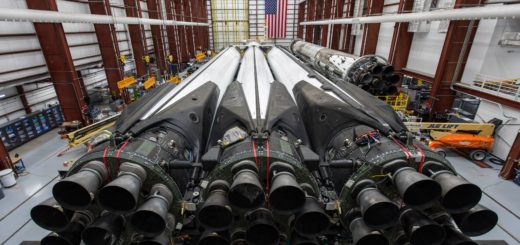

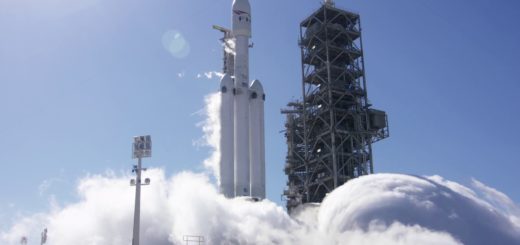
I thought SpaceX were working on a reusable upper stage at the moment.
They are working on the new Starship+Super Heavy architecture. Starship being the reusable upper stage in that scenario. Reusable upper stage for F9 and FH is not being worked on because eventually they envision those both being replaced by Starship
Not anymore. Musk said they’re fully focused on Starship instead.
Musk says a lot of things… Like ..a lot
Musk DO a lot of things… Like ..a lot
The Boeing designed Delta IV Heavy had plans for a crossfeed system during the EMD phase; however, the implementation proved to be to difficult, with the weight and complexity negating much of the benefit. I had a strong feeling the same would occur with FH.